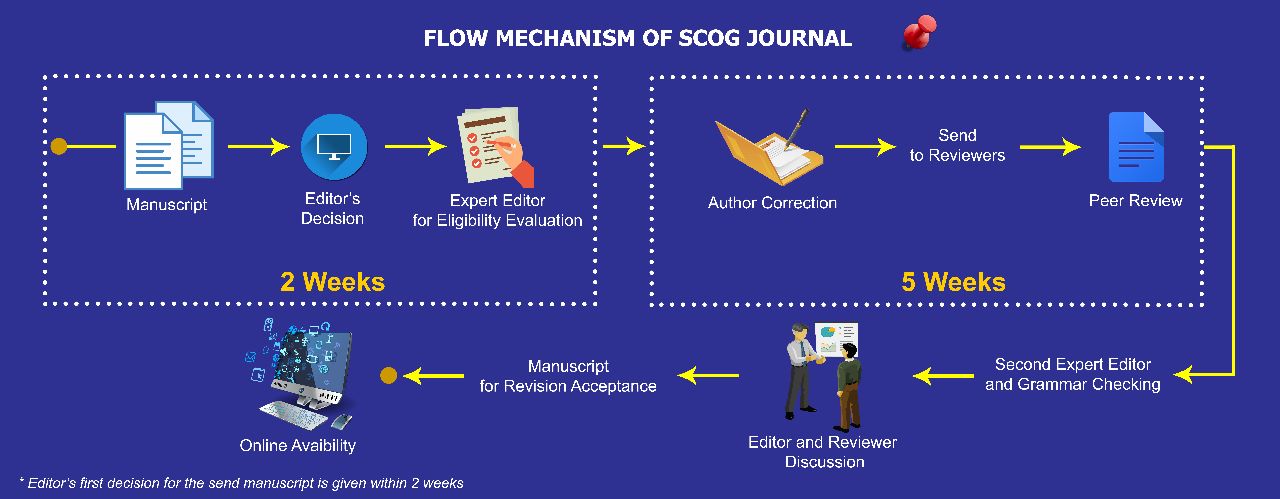Irreducible Water Saturation And Its Governing Factors: Characteristics Of Some Sandstones In Western Indonesia
Abstract
Irreducible water saturation (Swirr) plays a very significant role in the estimation of hydrocarbon in place and reserves. Inaccurate Swirr and lack of knowledge for judging its accuracy may result in erroneous and misleading reserve estimates along with its consequences. This study is basically aimed at understanding of Swirr characteristics of reservoir sandstones in some fields in western Indonesia. For the study, data obtained from 1,334 core samples – taken from 78 fields in 10 sedimentary basins – is used. Observations and investigations are made in sedimentary basin, field, and formation scales. The main finding is that rock wettability plays a very significant factor in determining Swirr characteristics, in a manner more than what rock pore types and configuration do. Its variation – be it contrasting or difference in strength – influences the Swirr characteristics in its relation to rock permeability. It is also found that geological similarity and geographical proximity do not have effects on Swirr characteristics unless they directly affect the rock’s overall wettability. This occurs not only at higher scale of sedimentary basin but also at lower levels of field and rock formations. The study also produces permeability - Swirr correlations for both sedimentary basins and rock formations levels. The overall results of this study is an understanding that gross simplification in assuming reservoir general wettability has to avoided in order to prevent erroneous picture over a field’s most representative Swirr characteristics.
Keywords
Full Text:
PDFReferences
Amyx, J.W., Bass JR, D.M & Whiting, R.L.
(1960). Petroleum reservoir engineering:
Physical properties. McGraw-Hill Book Co.,
New York, p. 610.
Calhoun, J.C. Jr (1953). Fundamentals of Reservoir
Engineering. University of Oklahoma
Press, Norman, Okla.
Chapman, R.E. (1986). Petroleum Geology –
I. Elsevier Science Pub., New York, Amsterdam,
pp: 328.
Schlumberger (1986). Formation Evaluation
Conference, Indonesia. P.T. Ichtiar Baru – Van
Hoeve Publishing, 2nd edition.
Timur, A. (1968). An Investigation of Permeability,
Porosity, and Residual Water Saturation
Relation for Sandstone Reservoirs. Log
Analysts, vol. 9, p: 4.
Tissot, B.P. and Welte, D.H. (1978). Petroleum
Formation and Occurrence. Springer –
Verlag Pub. Co., Heidelberg, pp: 538.
Welge, H.J. and Bruce, W.A. (1947). The Restored
State Method for Determination of Oil
in Place and Connate Water. Drilling and Production
Practices, American Petroleum Institute.
Widarsono, B. (2008). Ketidaktepatan dalam
Pemakaian Model Saturasi Air dan
Implikasinya (Inaccuracy in the Use of Various
Water Saturation Models and the Implications).
(in Bahasa Indonesia). Lembaran Publikasi
LEMIGAS, Vol. 42, No. 2, August, pp:10 - 18.
Wyllie, M.R.J. and Rose, W.D. (1950). Some
Theoretical Considerations Related to the
Quantitative Evaluation of the Physical Characteristics
of Reservoir Rock from Electric Log
Data. Trans. AIME, vol. 189, pp: 105 – 11 8 . ˇ
DOI: https://doi.org/10.29017/SCOG.34.1.788

This work is licensed under a Creative Commons Attribution-NonCommercial-NoDerivatives 4.0 International License.






